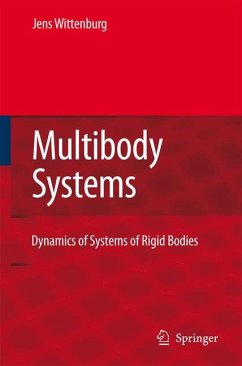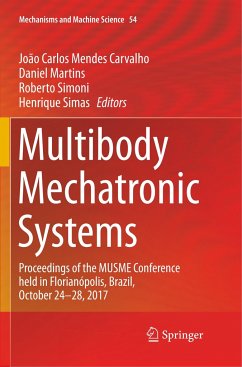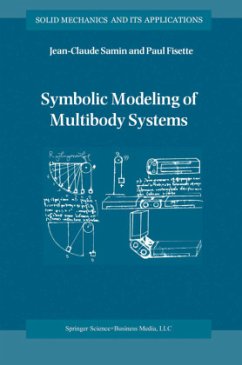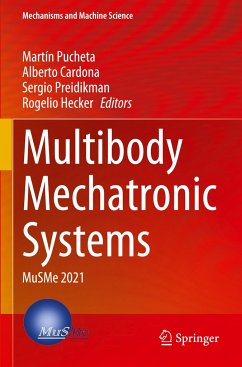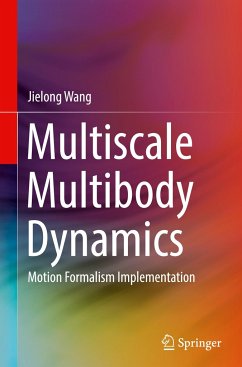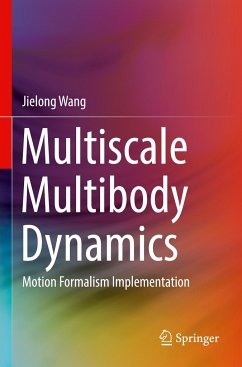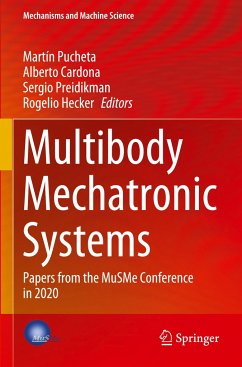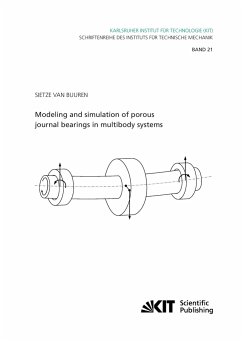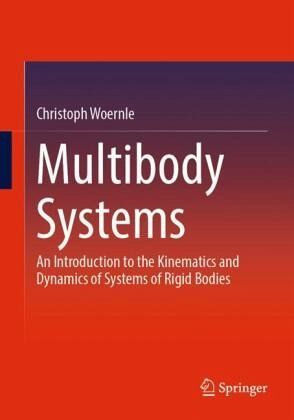
Multibody Systems
An Introduction to the Kinematics and Dynamics of Systems of Rigid Bodies

PAYBACK Punkte
33 °P sammeln!
The book Multibody Systems guides the reader from the fundamentals of engineering mechanics to the formulations of the kinematic and dynamic equations of systems of rigid bodies suitable for computational generation. Multibody systems are used for the numerical simulation of complex mechanical systems in mechanical engineering, automotive engineering, aerospace engineering, and biomechanics.The presentation focuses on the implicit and explicit mathematical formulations of the bonds that geometrically constrain the motion of the partial bodies and define the directions of the reaction forces an...
The book Multibody Systems guides the reader from the fundamentals of engineering mechanics to the formulations of the kinematic and dynamic equations of systems of rigid bodies suitable for computational generation. Multibody systems are used for the numerical simulation of complex mechanical systems in mechanical engineering, automotive engineering, aerospace engineering, and biomechanics.
The presentation focuses on the implicit and explicit mathematical formulations of the bonds that geometrically constrain the motion of the partial bodies and define the directions of the reaction forces and reaction moments. This results in a consistent and common approach to the various known forms of the equations of motion of multibody systems. In addition to open multibody systems with a tree structure, closed multibody systems with kinematic loops are also treated in detail. In the third edition, planar multibody systems are presented in a separate chapter to facilitate the transition from mass point systems to spatial multibody systems.
The presentation focuses on the implicit and explicit mathematical formulations of the bonds that geometrically constrain the motion of the partial bodies and define the directions of the reaction forces and reaction moments. This results in a consistent and common approach to the various known forms of the equations of motion of multibody systems. In addition to open multibody systems with a tree structure, closed multibody systems with kinematic loops are also treated in detail. In the third edition, planar multibody systems are presented in a separate chapter to facilitate the transition from mass point systems to spatial multibody systems.




